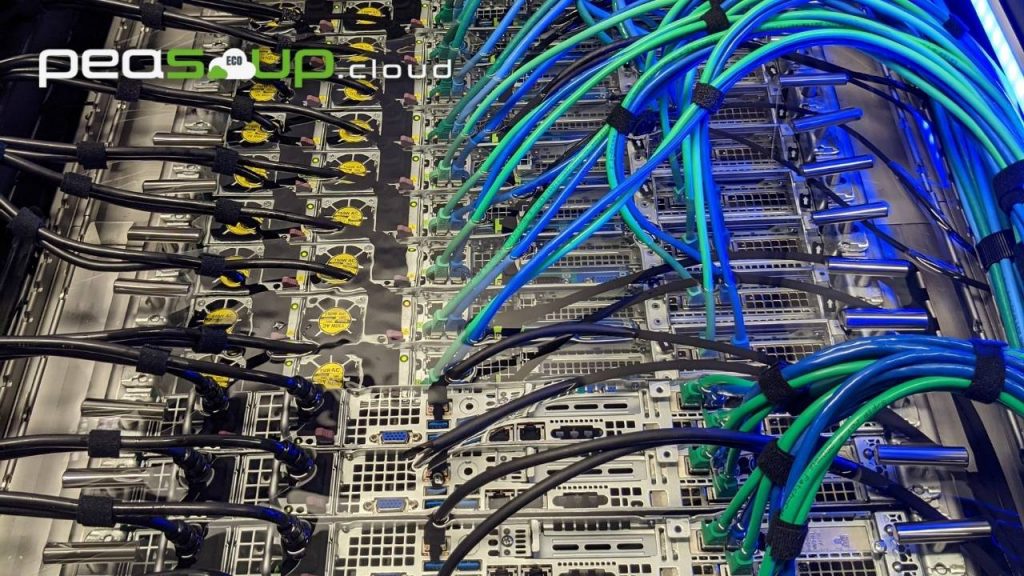Benefits of adopting liquid cooling in data centres
The adoption of liquid cooling is in its infancy with most data centres still relying on legacy air-conditioning cooling. However, this is expected to change as demand for future technologies and the urge for data centres to increase their power efficiency and reduce their carbon footprint rises fast.
A recent report projects that the data centre cooling market will grow by 10.7% in the next five years. The market which is expected to be worth $15.7bn in 2025 will be propelled to this level by the need to have more efficient data centres, significant growth in the number of data centres, increasing need for cost-effective data storage solutions, and growing consciousness to maintain a clean environment, curbing of global warming and its subsequent effects. Experts observe that the projected levels may even be higher given that the industry is forward-thinking.
Not an easy fix but ultimately works best for a data centre
An economy’s competitiveness capacity in ICT is greatly determined by the scale of its data centres.
Large data centres on the other hand are relatively expensive to maintain. The amount of power consumed by the internal cooling systems increases the operating and maintenance costs not forgetting the impact on the environment. With the capabilities presented by liquid immersion cooling, data centres can reduce their energy requirements, cut carbon emissions, and improve water usage among other numerous benefits that come with the adoption of future technologies. Although the adoption of liquid cooling presents enormous benefits to the data centres, it is not an easy fix. The cost of switching from air to liquid in a data centre is one of the barriers that are hindering the adoption of a technology that increases efficiency and ensures a clean environment.
Dual systems
To beat the costs, data centres are running two systems at the same time; they are maintaining separate cooling capabilities as they switch from air to liquid one rack at a time. And the efforts are worth every coin. When they ultimately get an efficient cooling solution they are ready to meet the increasing data storage needs. Estimates show that power consumption in a data centre that relies on liquid immersion cooling is 35% lower when compared to a similar component that uses traditional methods of cooling. When the data centres have approximately 100,000 servers that are running, the savings on energy and carbon emissions are substantial with conventional estimates putting the figures at 235 million kilowatts and 200 tonnes of carbon.
Apart from cutting emissions and lowering power bills, liquid cooling technology can provide heat to homes as well as offices. This is an indication that looking for ways to increase efficiency in data centres has spillover effects. Homes and offices can have their heating needs met. The heat that is generally a waste product in the data centre is distributed to a wider market, taking environmental conservation to a higher level.
The adoption of a liquid cooling solution in a data centre is the way to go. It presents huge benefits to the investors, as well as to the general public. For the investors, earnings will increase due to reduced operations costs while the public benefits from a clean environment.

